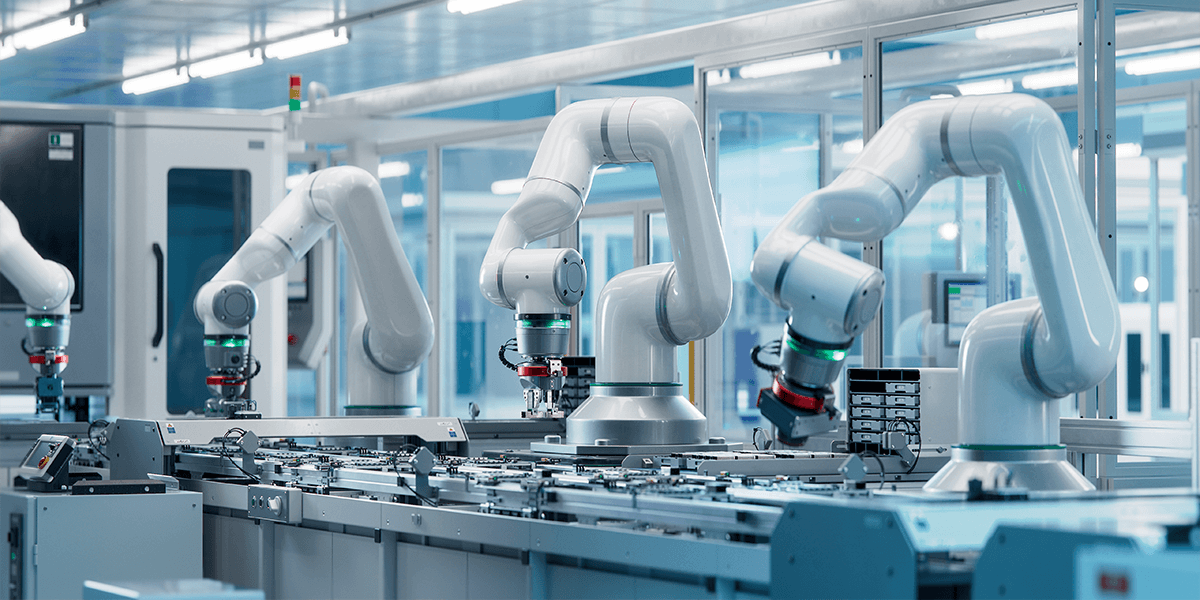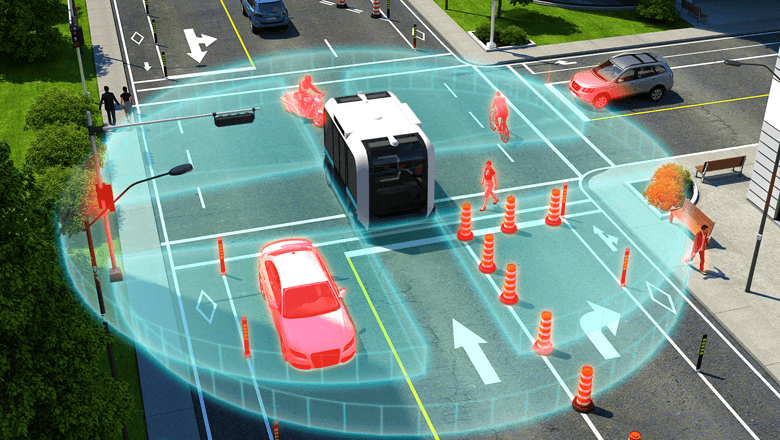Pressure switches: switch at a set pressure level
In these cases, a pressure switch will do the job. Use this kind of component if you want to be sure that a process stops at a certain pressure. This might involve a car engine where the pressure in the cylinders has to be limited, or a pump that has to be switched off at a certain point.
How does a pressure switch work?
A pressure switch is based on a very simple principle. It uses a plunger connected to a metal diaphragm. If the pressure is high enough, the membrane is pressed in and the plunger acts as a switch. When the opposite happens, and the pressure is too low, the diaphragm rises. This kind of switch can therefore be used to monitor a lower limit.
Pressure switches are usually characterized by hysteresis: a lag between switching points when the direction changes. For example, if the pressure increases until the switch is triggered at 10 bar, it then decreases. The switch only reverses when the pressure reaches the lower trigger point, such as 8 bar. By carefully choosing these values, you can keep a process between the correct limit values at all times using a single switch.
Pressure switch vs. pressure sensor
Pressure switches are much cheaper than pressure sensors. So it is important to ask yourself if you really need a continuous pressure measurement, or just want to contain the pressure range within certain limits.
You can also control very large flows with a pressure switch, such as turning a pump on or off. This is not possible with a pressure sensor.
Featured pressure switches
Need some help?
Our sensor database only lists a selection of the sensors available. There are so many different technologies and manufacturers that our online sensor database can never be 100% complete. If you can’t find what you’re looking for, or you have a question, send an e-mail to our sensor experts. We’ll gladly help you with your search.











